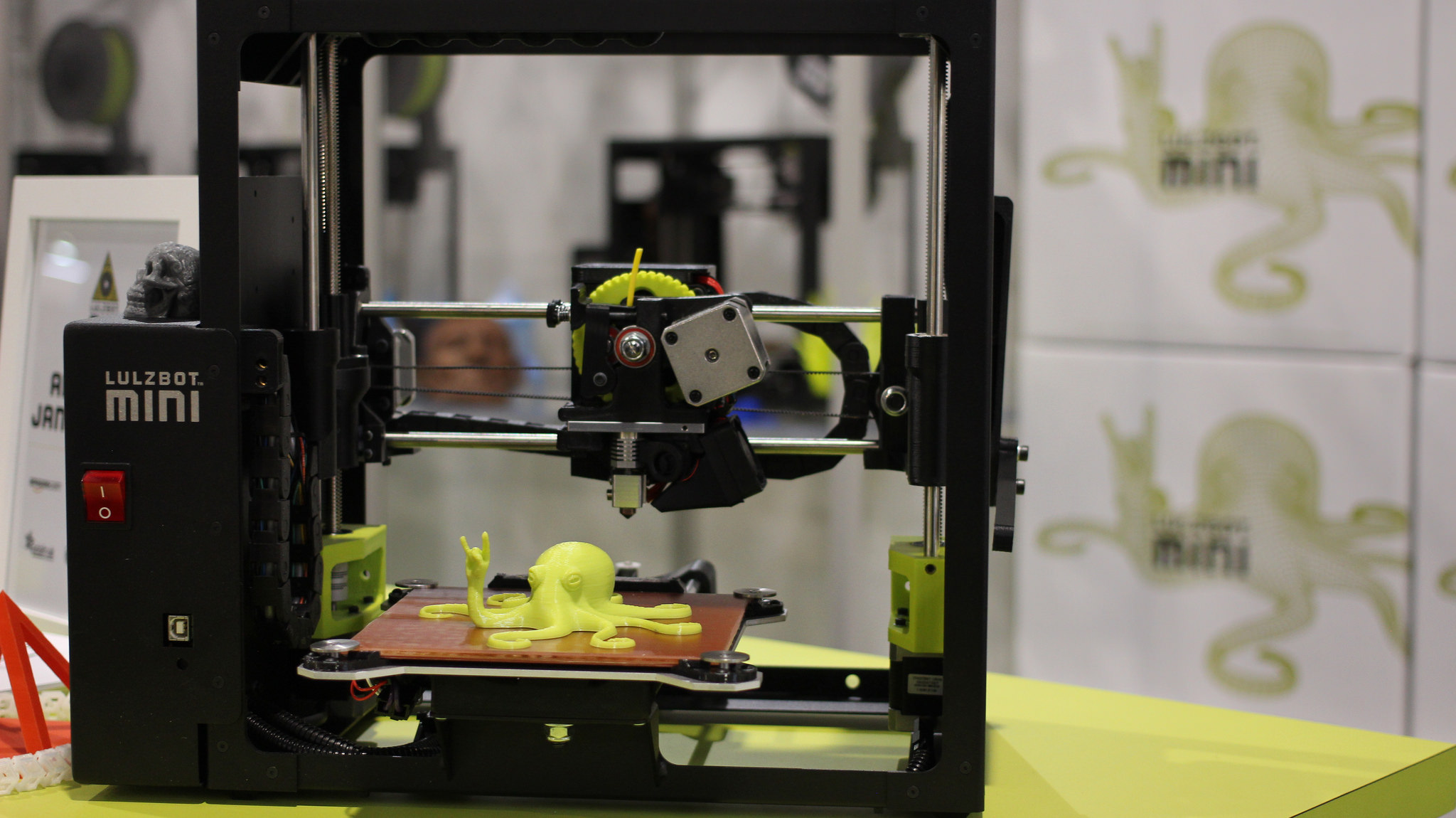

Recent works have taken mature manufacturing approaches from the graphics industry, such as gravure, flexography, screen, and inkjet printing, and applied them to fully printed bioelectronics. Therefore, new manufacturing approaches must be discovered and studied under the same innovative spirit that led to the adoption of novel materials and soft structures. However, hybrid flexible bioelectronics will not receive wide clinical adoption until these systems can be manufactured at industrial scales cost-effectively.
HOW TO MAKE MY PRINTER PRINT IN GOLD SKIN
In this new paradigm, electrical systems can stretch and deform with the skin while previously hidden physiological signals can be continuously recorded. Hybrid flexible bioelectronic systems refer to integrated soft biosensing platforms with tremendous clinical impact. Here, the authors leverage a room-temperature direct printing strategy to realize an all-MXene-printed integrated system capable of wireless communication, energy harvesting, and smart sensing. High-precision printing of flexible wireless electronics has not been achieved before. This work opens a door for high-precision additive manufacturing of printed wireless electronics at room temperature. In particular, we build an all-MXene-printed integrated system capable of wireless communication, energy harvesting, and smart sensing. The additive-free titanium carbide (Ti3C2Tx) MXene aqueous inks are regulated with large single-layer ratio (>90%) and narrow flake size distribution, offering metallic conductivity (~6, 900 S cm−1) in the ultrafine-printed tracks (3 μm line gap and 0.43% spatial uniformity) without annealing. Here we present a room-temperature direct printing strategy for flexible wireless electronics, where distinct high-performance functional modules (e.g., antennas, micro-supercapacitors, and sensors) can be fabricated with high resolution and further integrated on various flat/curved substrates. However, the challenges to existing printing approaches remain, such as low printing precision, difficulty in conformal printing, complex ink formulations and processes.

Wireless technologies-supported printed flexible electronics are crucial for the Internet of Things (IoTs), human-machine interaction, wearable and biomedical applications.


 0 kommentar(er)
0 kommentar(er)
